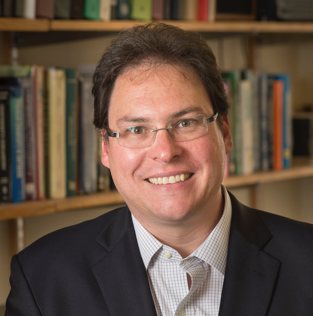In the past decade, several new and powerful DNA- and RNA-based technologies have emerged that have made personalized medicine, rapidly deployed vaccines, and gene editing possible. New DNA analysis and separation methods are required to bring these technologies to their widest implementation. Gel electrophoresis, while a mainstay of lab-based nucleic acid testing, is slow and lacks the resolution needed to confidently quantitate, sequence, and assess the structure of DNA samples from tissue or environmental sources, or of mRNA used in the manufacture of vaccine products. Our group has developed a novel means of DNA and RNA electrophoresis that leverages the transient pore structure of wormlike, nonionic micelles to effect rapid, high-resolution DNA and RNA separations in these applications and in others. Further enhancement of resolution can be realized by attachment of alkyl groups or short dsDNA segments to the DNA or RNA in question, giving rise to a network “snagging” effect. This can be accomplished by chemical modification or by the hybridization of tightly binding peptide nucleic acid amphiphiles. We will discuss the molecular-level mechanisms that make these separations possible, along with applications of the method in forensic identification, analysis of mRNA lipid nanoparticles, and sequencing methods.

James W. Schneider is a Professor of Chemical Engineering at Carnegie Mellon University, with courtesy appointments in Biomedical Engineering and in Chemistry. He earned his B.S. degree in Chemical Engineering from the University of Wisconsin and his Ph.D in Chemical Engineering from the University of Minnesota. Prior to joining the faculty at Carnegie Mellon University, he completed a post-doc at the Naval Research Laboratory where he studied biosensing and biomembrane mechanics. He is a Fellow of the American Institute of Medical and Biological Engineers (AIMBE) and has received an NSF CAREER Award and a Beckman Young Investigator Award. His research interests include the use of self-assembled biomaterials for rapid DNA separations and biosensing, modeling of nanoparticle separation processes, and colloidal forces and assembly in nonpolar liquids. He is the co-director of the Carnegie Mellon Biotechnology and Pharmaceutical Engineering Masters Program and currently serves as Vice-Chair of the ACS Division of Colloid and Surface Chemistry.

